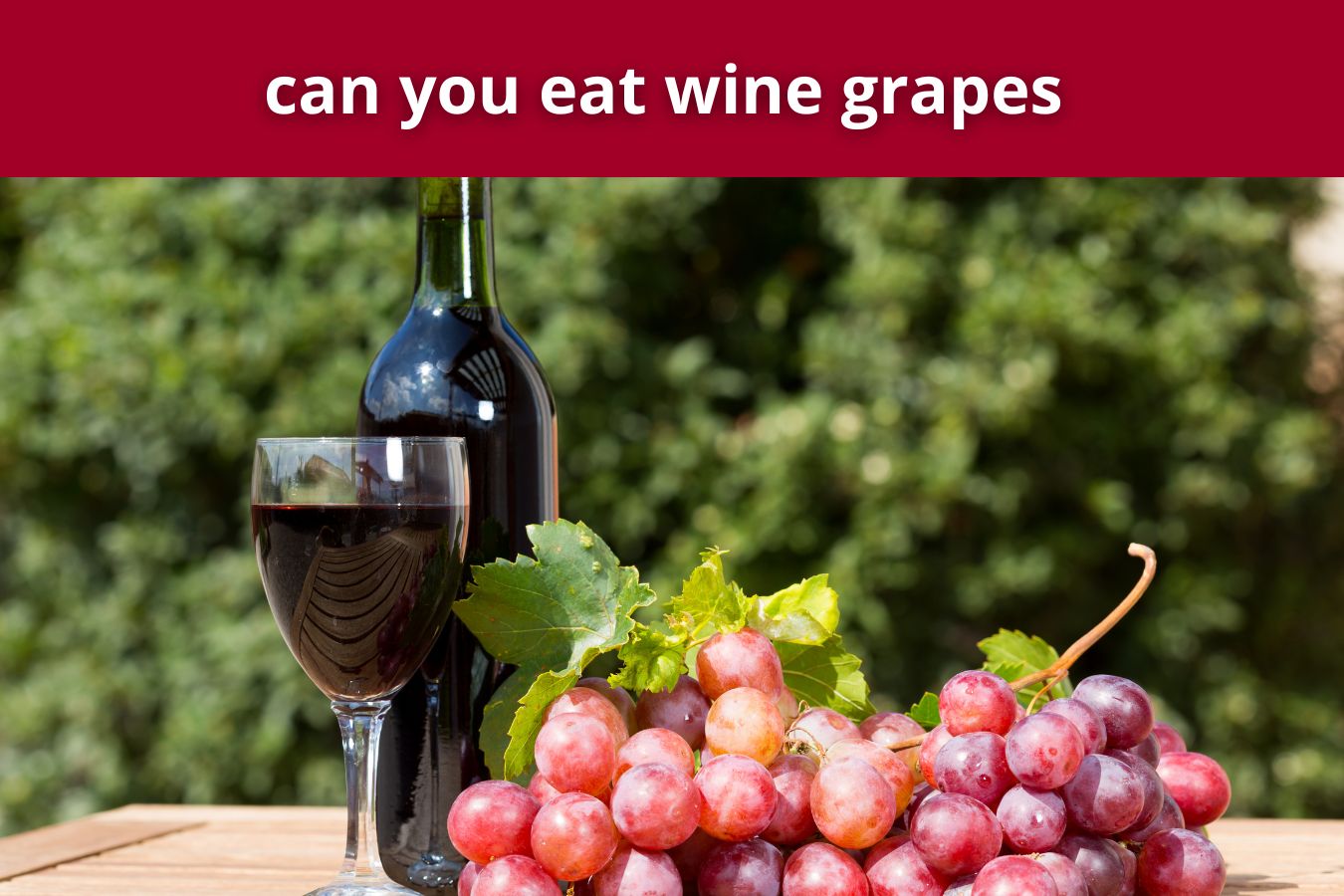You may be wondering if you can eat wine grapes. The answer to that question may surprise you. Grapes are not only delicious, but they are also packed with antioxidants. Grapes come in many varieties, and some are even seedless! Read on to learn about the health benefits of grapes. Whether you want a snack or a dessert, grapes are sure to please! Besides being tasty, grapes also have several health benefits.
Table of Contents
Table grapes
If you’re wondering if wine grapes are edible, you’ve come to the right place. Though they don’t contain poisonous compounds, they are incredibly sour. It’s best to avoid eating them if you suffer from stomach problems, but if you’re a wine lover, you can eat them! The key to enjoying wine grapes is to know your limits. Here are some rules of thumb.
First, understand the differences between table grapes and wine grapes. Grapes for making wine are bred to have a small, thick skin. The skin contains chemicals that give wine grapes their distinctive, deep color and rich tannic flavour. These chemicals may even have health benefits. Although wine grapes are different than table grapes, they can offer a greater range of nutrients and flavours than table grapes.
Cotton Candy grapes
Many people may not be aware that you can eat wine grapes. During harvest, wine grapes have a Brix level of 24 to 26. Standard eating grapes have a Brix level of 17 to 19 and wine grapes have a Brix level of 24 to 26. Generally, a wine grape’s ripeness affects its sugar content. Grapes that are too bitter or have too little sugar do not ferment properly and won’t produce enough alcohol.
The grapevine is one of the oldest plants in cultivation, and grapes are one of the world’s most popular fruits. However, unlike other types of fruit, grapes don’t continue to ripen after harvest. As such, a cup of grapes may contain up to 62 calories and 28 grams of sugar. However, you can still enjoy grapes in moderation and enjoy a delicious snack.
Red/purple grapes
You can eat red/purple wine grapes, but if you’re wondering if you can drink them too. Wine grapes are mostly red, but they can also be white or rose. The color of red wine comes from the peel of the grape, which is usually left on the fruit. Grapes vary in taste and color, and different varieties have different qualities. They differ from white and green grapes and have varying levels of antioxidants and tannins.
This variety is grown in many parts of the world, including the Middle East and California. Some of the best grapes come from the Burgundy region in France, but growers grow this variety around the world. The Russian River Valley in California and Willamette Valley in Oregon produce good samples. Grapes can be eaten raw or cooked, and they can also be made into wine, juice, jelly, and jam.
Sugar content
The enological values of grapes were used for determining the sugar content. A conventional chemical analysis was also performed. The oBrix was calculated using refractometry and the reflectance spectra were analyzed to determine the sugar content. To develop a model to predict the sugar content of grapes, these enological values were used as reference values. A large number of berries was used in each sample, which minimized the variability in reflectance spectra, reference values, and sugar content.
Depending on the level of sugar, different wines are classified as sweet, semi-dry, or dry. The lowest sugar content is in dry wine, and the residual sugar is 0%. In a semi-dry wine, the sugar content is less than four grams per liter, and there is no sweetness at all to experience at the oral evaluation. A dry wine will have a refreshing taste, but will not have any sweetness.
Acidity
The acidity of wine grapes is largely determined by the time of harvest. Since sugar and acid have an inverse relationship, the perfect balance of these two components is critical to a successful winemaking process. This article will discuss the acidity of wine grapes and the fermentation process. A good winemaker knows how to determine the right amount of sugar for a particular grape variety before harvest. Here are some guidelines for determining the acidity of wine grapes.
Average acidity levels in white wine are 0.7g/100 ml. However, the acidity of some fruits is very high. Some citrus fruits are as high as 7%! The acidity of citrus fruit is ten times higher than the acidity of white wine grapes! Meadmakers must carefully monitor the pH level during the fermentation process and also factor in post-fermentation sweetening. Depending on the type of citrus fruit, the acidity level may vary from wine to wine.







